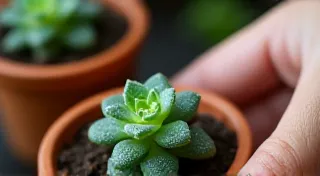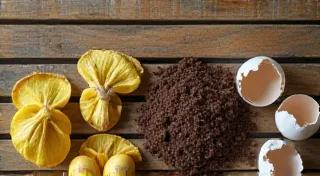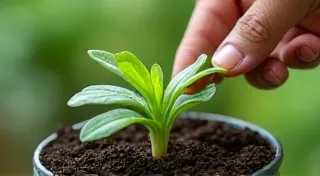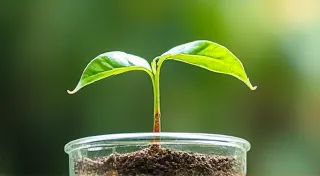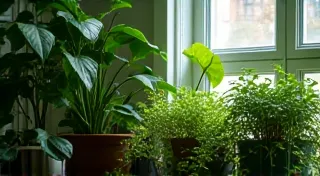Humidity Hacks for Happy Houseplants: Creating a Lush Environment
Your houseplants thrive on more than just water and sunlight. Humidity plays a vital role in their overall health and vibrancy. Many common houseplants originate from tropical climates where humidity levels are naturally high. Dry air, particularly prevalent during winter months when heating systems are in use, can lead to browning leaf tips, stunted growth, and increased susceptibility to pests. Fortunately, increasing humidity around your plants is surprisingly simple and can make a significant difference in their well-being. This guide will provide you with practical and easy-to-implement humidity hacks for happy houseplants.
Why is Humidity Important for Houseplants?
Plants absorb moisture from the air through their leaves, not just their roots. Low humidity stresses plants, forcing them to work harder to stay hydrated. This can result in:
- Browning Leaf Tips & Edges: This is a common sign of low humidity, often resembling a sunburn.
- Leaf Drop: Plants may drop leaves to conserve moisture.
- Slowed Growth: Reduced humidity hinders photosynthesis and overall growth.
- Increased Pest Vulnerability: Stressed plants are more susceptible to spider mites and other pests.
Simple Humidity Hacks You Can Try Today

Here's a breakdown of easy humidity solutions, ranging from quick fixes to more involved setups:
1. The Pebble Tray Method
This is one of the easiest and most cost-effective methods. Simply fill a shallow tray with pebbles, add water just below the top of the pebbles (so the pot isn’t sitting directly in the water), and place your potted plants on top. As the water evaporates, it creates a localized humid microclimate around the plants. Refill the tray regularly.
2. Group Your Plants Together
Plants release moisture into the air through transpiration. Grouping them together creates a mini-humidifier effect. Position them relatively close to one another, but ensure they have enough space for adequate airflow to prevent fungal diseases.
3. Misting
Misting is a quick fix but offers only temporary humidity. While it can provide a refreshing feeling for your plants, the effect is short-lived. It’s better than nothing, especially for plants that enjoy frequent watering.
4. Humidifiers
For serious plant enthusiasts or those with particularly dry homes, a humidifier is a worthwhile investment. Humidifiers increase the overall humidity in the room, benefiting all your houseplants. Choose a cool-mist humidifier to avoid burning the leaves.
5. Bathroom Plants
The bathroom is naturally a more humid environment, making it an ideal location for many houseplants. Just be mindful of the lighting conditions – most plants need bright, indirect light, so choose a bathroom with adequate natural light.
6. Kitchen Humidity (with Caution)
Cooking often releases steam into the air, increasing humidity. However, be cautious, as excessive moisture can lead to fungal issues. Ensure good ventilation in your kitchen.
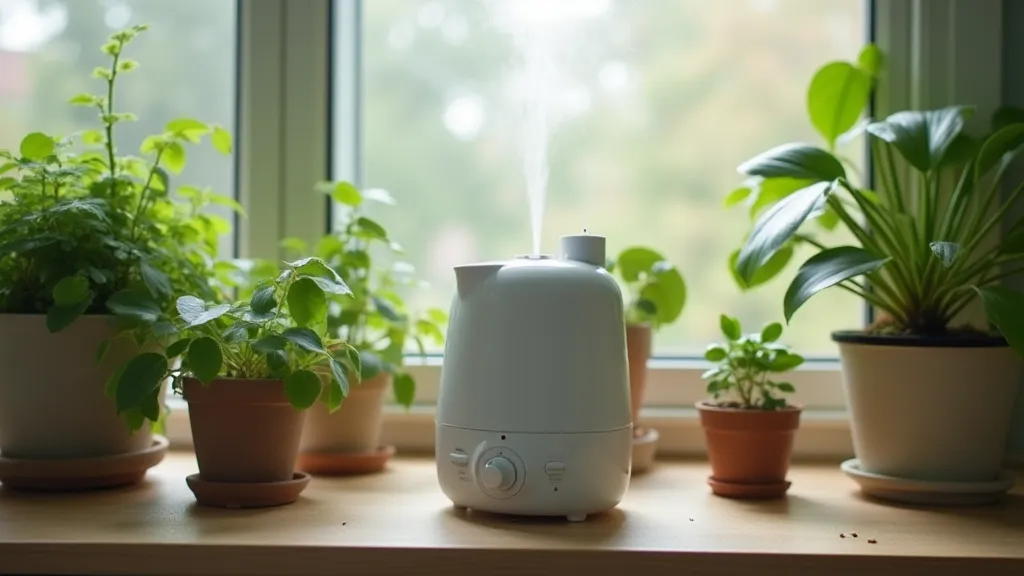
Choosing the Right Humidity Level
While most houseplants benefit from higher humidity (around 50-70%), some species are more tolerant of drier conditions than others. Research your specific plants to determine their ideal humidity range.
Troubleshooting Low Humidity Problems
If you're implementing these hacks and still experiencing signs of low humidity, consider:
- Checking Your Hygrometer: A hygrometer measures humidity levels. Accurate readings will help you monitor your efforts.
- Adjusting Ventilation: Too much airflow can dry out plants.
- Relocating Plants: Move plants to more humid areas of your home.

Conclusion
Creating a humid environment for your houseplants is a simple but impactful way to improve their health and appearance. By implementing these humidity hacks, you can ensure your indoor jungle thrives and brings beauty to your home. Don’t be afraid to experiment and find what works best for your plants and your living space!

